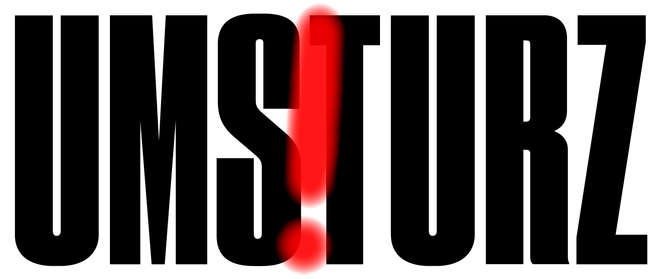The exhibition

The revolutionary events in Russia from 1917 to 1922 led to a fundamental change that influenced the entire 20th century and continues to have an impact today. On the occasion of the 100th anniversary of the revolution, the Deutsches Historisches Museum is showing a special exhibition on the revolutionary events in Russia and their repercussions.
The exhibition examines the complex revolutionary processes in Russia. Using the example of selected European states, it addresses the question of what reactions and counterreactions the political and social upheaval evoked, on into the 1920s. On display are more than 500 objects from over 80 lenders from Russia, Germany, Hungary, Italy, Poland, Great Britain and France.
The demise of the Romanov Dynasty in the February Revolution of 1917 brought an end to the centuries-old autocracy in Russia. With the seizure of power by Lenin and the Bolsheviks in the October Revolution, the revolutionaries began establishing the first communist state. In the subsequent civil war from 1918 to 1922 the "Reds" fought against the "Whites", proponents and opponents of the revolution, in a bitter and violent struggle. The revolutionary period only came to an end on 31 December 1922 with the founding of the Soviet Union, which resulted in profound upheavals throughout the land. The emancipatory and artistic potential of the revolution was never entirely separated from the inherent terror, violence and repression within the revolutionary movement. This ambivalence also revealed itself in the ramifications of the revolution for Europe: at the extremes were fascination and hopes for a better future on the one hand and fear and resistance on the other. Political reactions, but also ensuing paths of migration, oscillated between these two poles.
PARTNER EXHIBITION
1917 Revolution. Russia and Switzerland
24 February – 25 June 2017
Swiss National Museum
Landesmuseum Zürich
Museumstrasse 2
CH-8001 Zürich